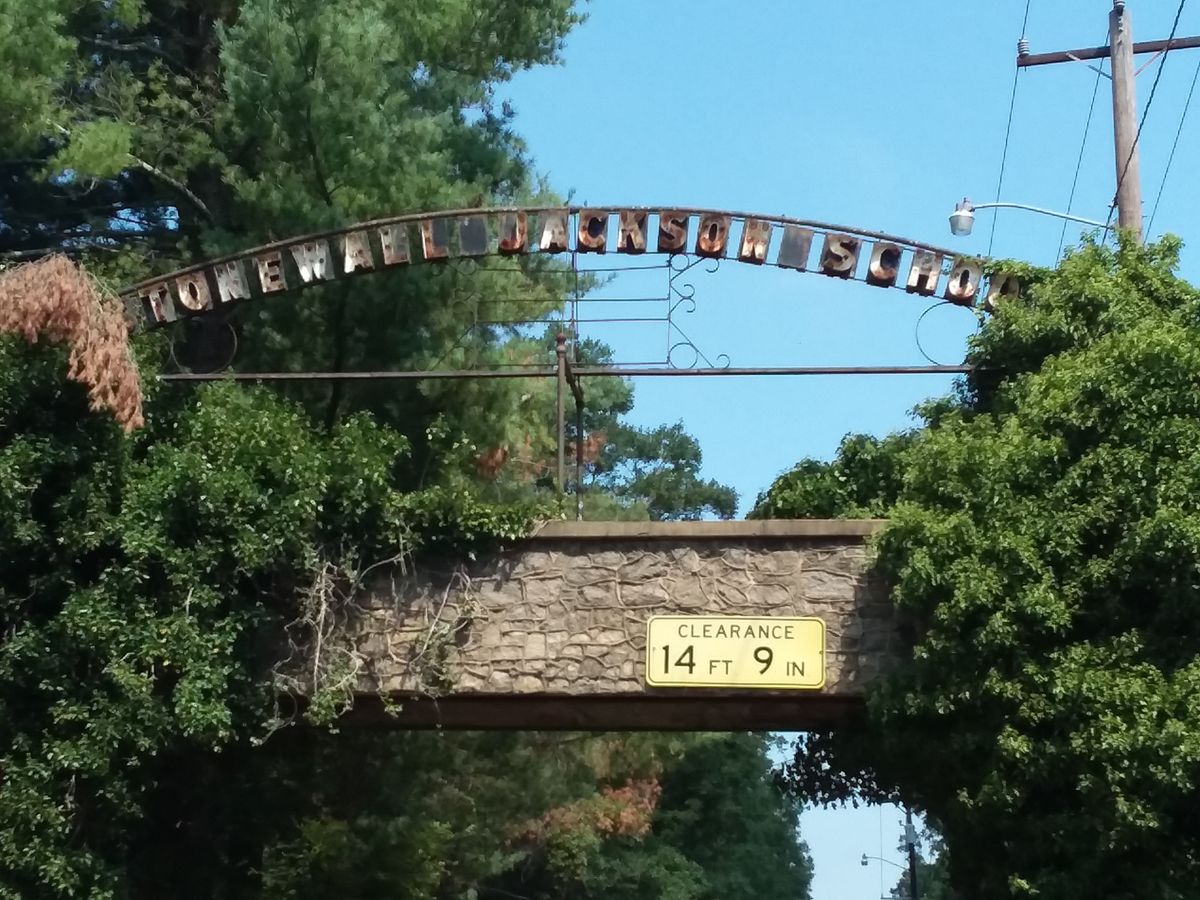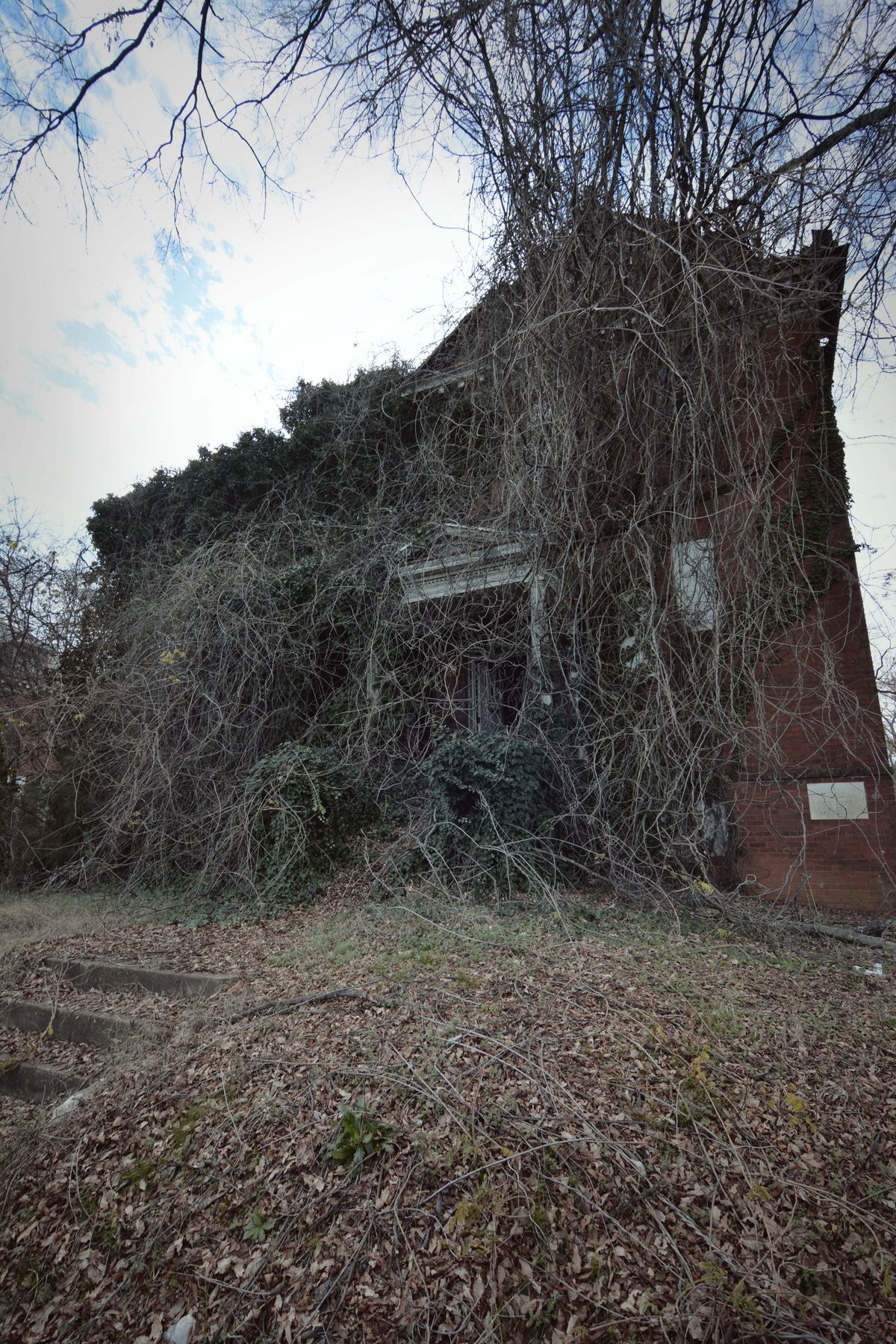About
As you drive under an old ivy-covered bridge with a sign that reads "Stonewall Jackson School," off to the side, you will see several dilapidated buildings that seem frozen in time. They once belonged to the Stonewall Jackson Manual Training and Industrial School located in Concord, North Carolina.
The school was established in 1909 as a place to house young juveniles who committed crimes, but were not old enough to serve time in an adult prison. It was named for Thomas Jonathan "Stonewall" Jackson, a Confederate general during the American Civil War, during which the Confederacy seceded from the United States over conflicts about slavery.
In late 19th century North Carolina, young boys who were convicted of minor crimes were treated with the same harsh sentences and punishments as hardened adult criminals. A man by the name of James P. Cook witnessed just such a trial, of a 13-year-old boy who was sentenced to three years and six months of hard labor after being convicted of petty theft. Cook, along with other concerned citizens in Concord petitioned the General Assembly to create a school for young juveniles and the Stonewall Jackson Training School was established.
The school built several buildings and cottages between 1909 and the 1940s. The main administration building, Cannon Memorial Hall, was built in 1922. At its peak in the 1920s, the school housed 500 students. The young boys were taught not only academics, but labor as well. They learned several different trades such as: farming, shoemaking, barbering, textiles, and mechanics.
By the 1970s, the student population began to dwindle due to other welfare programs and as social attitudes towards minors changed. It is now called the Stonewall Jackson Youth Development Center. The new building is located behind the older buildings and houses more violent youth offenders and because of this, there is a barbed wire fence that surrounds the new building.
The old Stonewall Jackson School site is in the National Register of Historical Places, but there has been little interest in preserving these historical buildings. You can not visit the site. There are no trespassing signs all over the grounds and police patrol the property daily. Several of the buildings have caved in floors and ceilings that are falling down, so please use caution. The old decaying buildings still stand for now, but nature is slowly reclaiming the buildings for itself.
Related Tags
Know Before You Go
It sits right on Old Charlotte Road, you can't miss it. Unfortunately, They have recently added fences with razor wire surrounding the buildings.</pLOTS of No Trespassing signs, watch where you go and how far you walk.
Community Contributors
Added By
Published
August 12, 2015



































































































